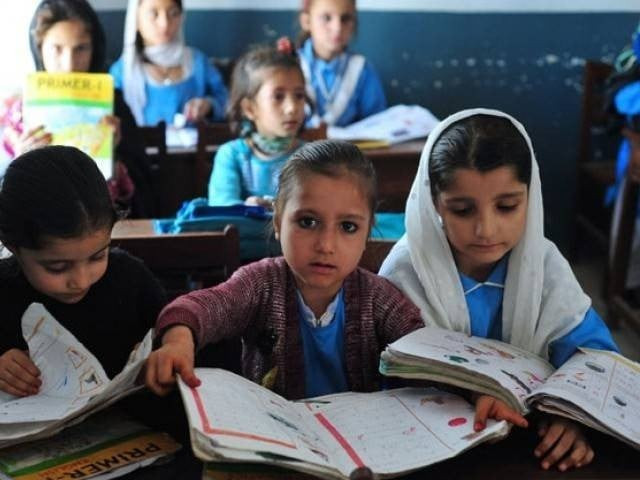K-P govt reopens 561 non-functional schools
Education Department claims 65,000 students enrolled, 672 ghost schools shut

PHOTO: REUTERS
These schools had been non-functional for many years because of security risks, non-availability of teachers, political interference in transfers and postings, land dispute cases, and inconsistency in providing adequate facilities to schools, according to official documents.
Summer camps set up in over 2,000 K-P schools
“[Among them] around 350 schools had been permanently closed for decades, but are now functioning in the province,” the K-P Elementary and Secondary Education Department documents read, adding that these schools are equipped with all the basic facilities.
The K-P Elementary and Secondary Education Department closed 672 ghost schools across the province, state the documents, adding that so far, 651 teachers have been hired for the reopened school where more than 65,000 students are enrolled.
Muhammad Atif Khan, the provincial Education Minister, said there were hundreds of schools in the province which had been non-fictional for 15 to 20 years. “This government has not only made more than 500 schools functional but also provided all basic facilities to the students,” he added.
Giving an example, Khan mentioned that Government Girl’s Primary Schools, Muhammadabad, in the Mardan district, which was established in 1992, had been non-functional since 1995.
Most new schools, colleges built in K-P are for girls
“All basic facilities have been provided in the school which has been restarted with the support of villagers,” Khan said. “Similarly, another government girl’s primary school in Mattani, Peshawar, which had not been functioning since 1998, has become functional this year.”
Irfan Ullah, a resident of Mattani, said that thousands of girls and boys faced difficulties because of non-functional schools, the lack of basic facilities at schools and non-availability of teachers. He added since other schools were far away from the area, parents did not educate their daughters.













COMMENTS
Comments are moderated and generally will be posted if they are on-topic and not abusive.
For more information, please see our Comments FAQ